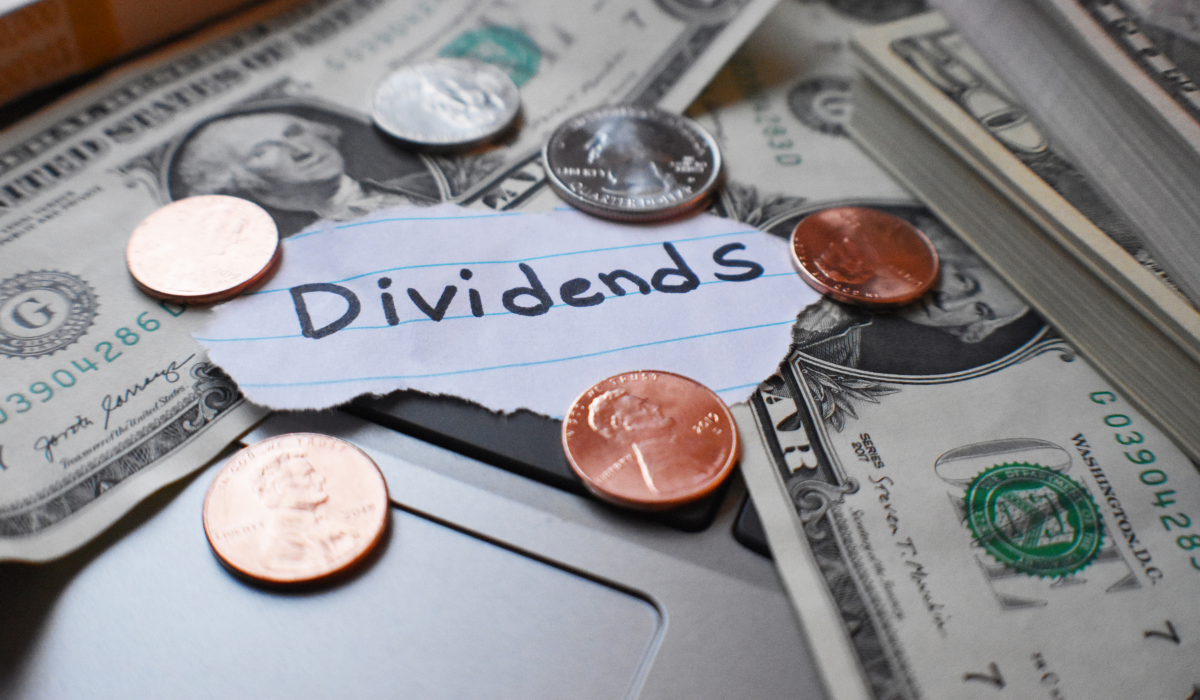If your company is organized as a limited liability company, paying yourself dividends in addition to a salary is usually the most tax-efficient way to take money out. We’ll discuss how often you can collect dividends and how the procedure works to help you manage the legal requirements of paying yourself from your business.
What is a dividend?
A dividend is a percentage of a company’s profit that is distributed to its shareholders. After all taxes, expenditures, and liabilities have been paid, profit is essentially what is leftover in the business. This leftover money, often known as retained profit,’ can grow over time. Watch the video below to learn more about using dividends to pay yourself from your limited company.

How much can my company pay as a dividend?
There is no limit or defined amount, and you can even pay different dividends to your shareholders. Dividends are paid from a company’s profits, therefore the amount paid may vary based on the amount of profit available. Dividend payments cannot be made if the company has no retained profit. You’ll almost certainly land up in hot water with HMRC, with penalties to pay!

It’s critical to make sure there’s enough money in the firm to handle day-to-day cash flow before paying yourself or your shareholders a dividend. It’s also a good idea to leave some earnings in the business after paying dividends so that cash can be used for other purposes, such as asset upgrades or investments in growth.
When can my company pay a dividend?
There are no hard and fast restrictions concerning how often you can pay a dividend, so you can pay yourself or your shareholders as often as you choose.
Taking ad-hoc payments at odd times throughout the year, on the other hand, can sometimes signal that there are problems with the way money is managed. After calculating what profits are leftover, most corporations disperse them quarterly or every six months.
The timing of dividend payments may affect how much tax you pay
Profits can fluctuate substantially from year to year for many firms, especially in the aftermath of the epidemic. If you have a particularly lucrative year, you may decide to issue dividends on a tactical basis to help you get through the tough times. This can also result in a more consistent income pattern, making personal financial planning less stressful and possibly preventing you from paying a higher tax rate.
For example, if your company makes £50,000 in year one and £10,000 in year two, its profits will total £60,000 after two years. Rather than paying a huge payout one year and a modest dividend the following, you may opt to pay £30,000 in dividends every year.
This means you’ll have a more regular income, and if all your income is from these dividend payments, you’ll be under the threshold for basic rate tax each year.
When do I pay tax on dividend payments?
Dividends aren’t taxed at a source like a wage, so you’ll have to declare them on your Self Assessment tax return. Any tax owed on dividends is usually due to HMRC by January following the end of the tax year in which the payout was received.
For example, if a dividend is given in late March 2020, the tax is due in January 2021. A dividend paid in late April 2020 will be taxed in the following tax year, so you won’t have to pay it until January 2022 (but you can file your tax return early!).
How does tax on dividends work?
Dividends are paid from the company’s after-tax profit, so it doesn’t have to pay taxes on any dividends it pays out. Dividends must typically be declared on a Self Assessment tax return, and tax must be paid appropriately. If this is your first time using Self Assessment, we have a guide to help you get started!
To be more tax-efficient, business owners who operate as a limited company pay themselves a combination of a regular wage and dividend payments. The most tax-efficient compensation for a company director is determined by the number of you in the firm.
What about the tax-free Dividend Allowance?
You are able to earn a maximum of £2,000 in dividends in the 2021/22 tax year before any Income Tax is due. This is in addition to your Personal Tax-Free Allowance of £12,570 in the 2021/22 tax year.
What are the dividend tax rates and thresholds for the 2021/22 tax year?
For the past three years, the dividend tax rates have stayed stable. After you’ve used up your $2000 tax-free Dividend Allowance and your Personal Allowance, all more dividends you receive, regardless of source, will be taxed.
The amount of personal tax you must pay on dividend income is determined by your tax bracket (sometimes known as your “marginal rate”). Dividends are tax-efficient because the rates aren’t as high as income tax rates.
| Tax Threshold Name | Tax Threshold Values | Rate of Dividend Tax |
| Basic-rate | £0 – £37,700 | 7.5% |
| Higher-rate | £37,701 – £150,000 | 32.5% |
| Additional-rate | £150,001+ | 38.1% |
It’s critical to understand how dividends and taxes work, as well as to keep detailed financial records for both the business and your personal income. If you can’t verify that money you get from your company is a dividend, HMRC may treat it as salary payment and tax you accordingly. Because the rate of income tax is higher than the rate of dividend tax, it can be a costly mistake, especially if you also have to pay a penalty! Ouch.
Learn more about our range of online accountancy services for businesses, or call 020 3002 0436 for a chat. Don’t forget, you can also grab an instant quote online.


